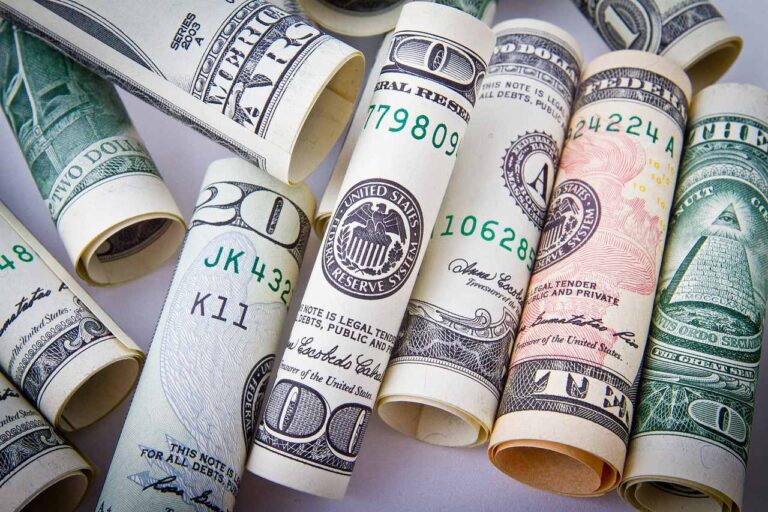The value of money and, consequently, purchasing power vary according to a number of factors, first and foremost inflation.
The value of money, i.e. how many goods we are able to buy with the same amount of money, does not remain unchanged over time. But, it varies according to a number of factors. First and foremost, the general level of prices and their growth, i.e. inflation.
The so-called purchasing power indicates the real ability of incomes to purchase goods or services in relation to the price index.
Table of Contents
Understanding the purchasing power: how is it calculated?
Purchasing power indicates how many goods can be bought with a certain amount of money, given a certain price level. Thus, the ratio between the price one pays to buy a good and the price of that good results in purchasing power.
Let’s take an example: every month, a saver earns 2,000 euros and, of this, 400 euros are spent on shopping. An increase in inflation of 10 per cent will bring the cost of the shopping trolley to 440 euros per month. With an impact on monthly income of 20 to 22 per cent.
This means that, in order to continue to sustain the same standard of living, the saver will have two paths in front of him. Accepting to lose purchasing power, giving up part of his spending, or eating into his savings.
The weight of inflation
As the general price level increases, i.e. in the presence of inflation, the purchasing power of money decreases. Conversely, if prices fall, the consumer’s purchasing power increases. On purchasing power depends the extent to which an individual, a company or a state is able to satisfy its needs. This, on the basis of available resources.
Suppose the same individual with a salary of 2,000 euro spends 100 euro per month on electricity and gas bills. If the prices of energy goods doubled, the same amount of electricity and gas that the individual used to consume at a cost of 100 euros would increase to cost 200 euros.
Even in that case, if he decided to continue spending 100 euros on bills, he would have to consume half that amount. If he wanted to consume the same amount of energy, the incidence of the bill on his salary would increase from 5 to 10 per cent. With the result that he would have less resources to spend on the purchase of other goods.
Why is it useful to calculate the purchasing power
Measuring purchasing power is also useful for comparing the cost of living between different countries.
The different inflation rates recorded in individual countries, in turn, influence the purchasing power of a state. This affects the balance of trade. From this perspective, it is possible for a country to register an increase in the prices of imported goods. With a consequent higher expenditure on them. But also to notice a growth in the prices of the goods it produces and exports.
This would lead to a plausible growth in exports, driven by prices. But with presumably lower volumes, since the products traded abroad would be more expensive and less competitive.
Furthermore, it is said that a country with an economy interconnected with that of other countries could import inflation. Countries that process raw materials, for example, are exposed to this phenomenon. If the price of raw materials increases, those who import certain materials to process them will have to pay more for them. And thus their purchasing power will decrease.
Read also: Expansionary vs. restrictive monetary policy: definition and how do they work












